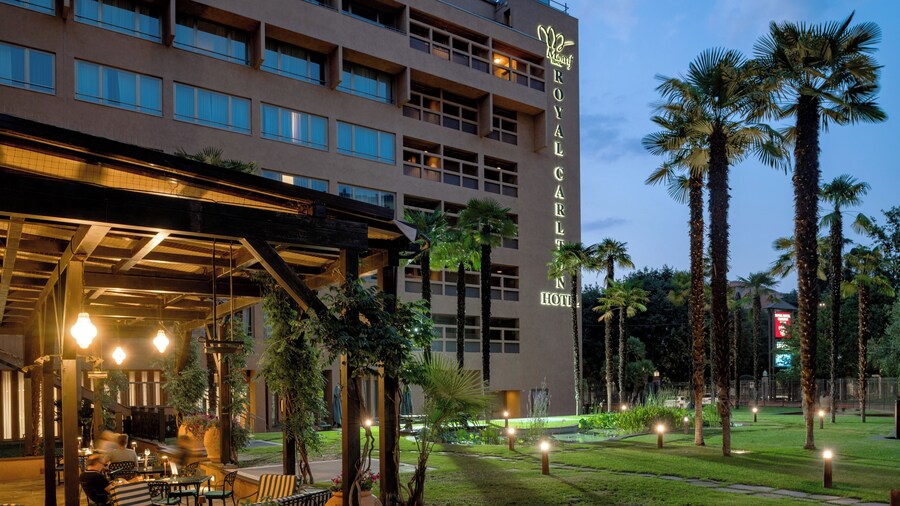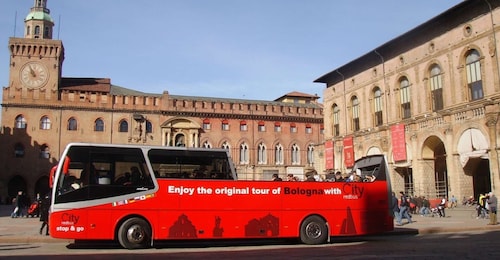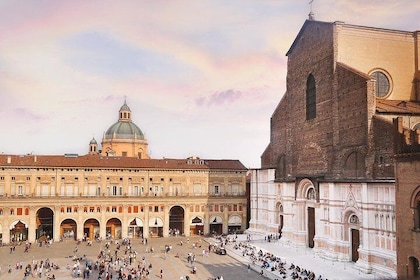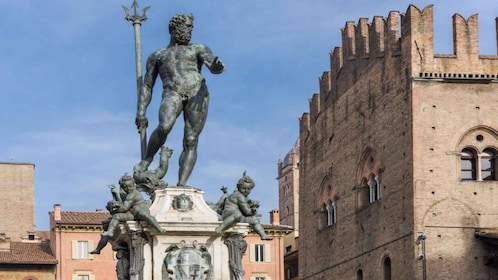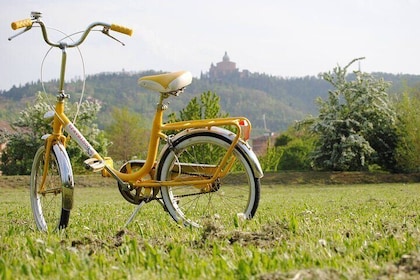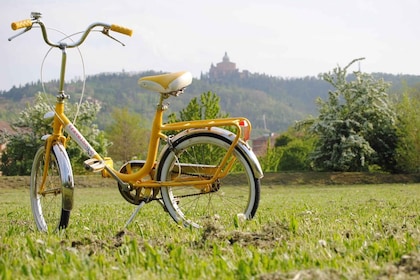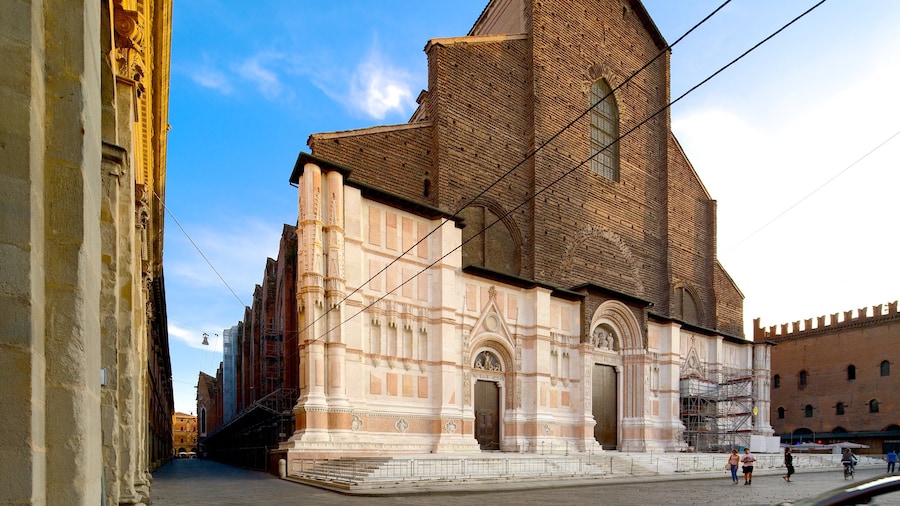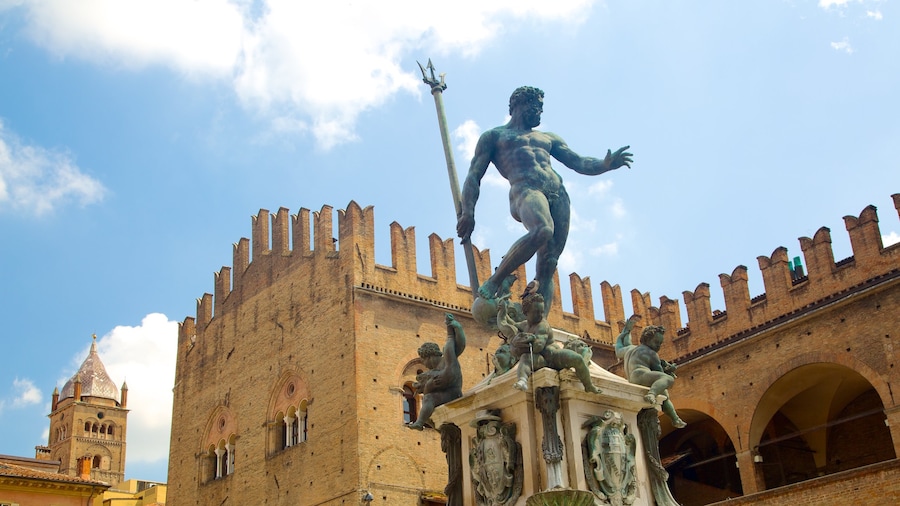マッジョーレ広場 ツアーとアクティビティ
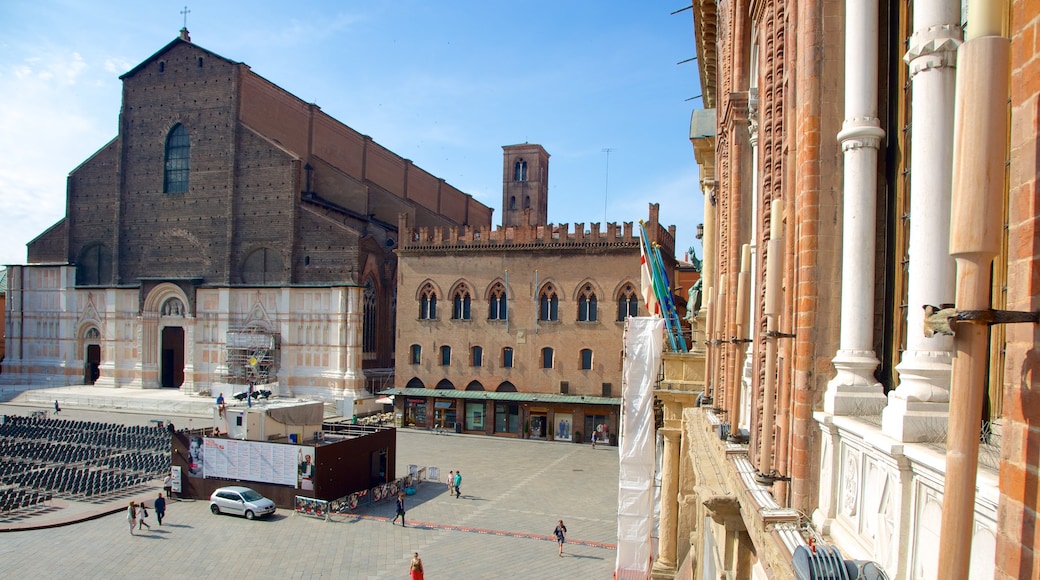

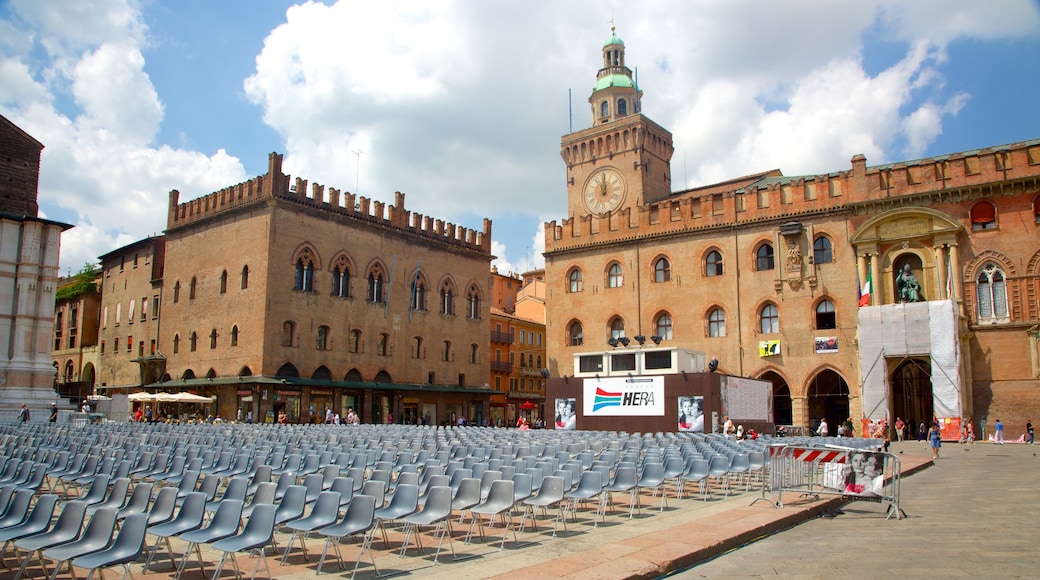


マッジョーレ広場への旅行
マッジョーレ広場探訪旅行を計画
過去 48 時間以内に見つかった料金です。クリックして最新の料金をご確認ください。
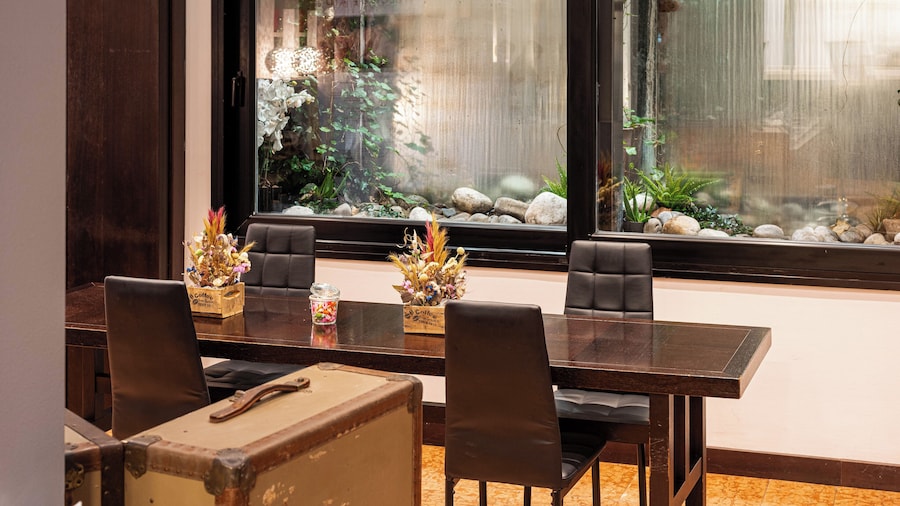
フィ ホテル ボローニャ
Historic Center
1 名あたり
6月29日 ~ 7月5日
1 日前の料金
往復航空券込み
福岡 (FUK) → ボローニャ (BLQ)
9.4/10 Exceptional! (口コミ 1,001 件)
中心地に近く、何処を観光するにも便利だった。
2ベッドルームで、どちらの部屋も使いやすかった。
WiFiも速かった。
朝食種類が多く、美味しかった。9ユーロはコストパフォーマンスが良いと思う。
アパートメントに泊まったが、部屋のドアの鍵の調子が良くないので、開け閉めに苦労した。
ラウンドリーに出したが、ブラウスが1枚戻ってこなかった。ラウンドリーリストの写しが無いので、クレームを付けられなかった。
口コミ投稿日 : 2024 年 9 月 21 日
ツアー & 日帰りツアー
現地ツアー 57 件をすべて表示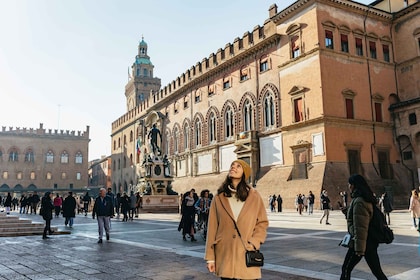
ボローニャ:市内中心部ウォーキングツアー
現地ツアーの所要時間は2時間です
口コミ 5 件、10 段階中 9.6
キャンセル料無料
クラス & ワークショップ
現地ツアー 8 件をすべて表示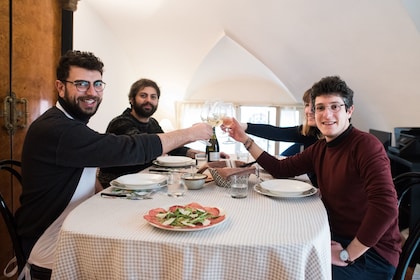
ボローニャの地元家庭での食事体験
現地ツアーの所要時間は2時間30分です
キャンセル料無料
アドベンチャー & アウトドア
現地ツアー 5 件をすべて表示
ボローニャ:パノラマ自転車ツアー
現地ツアーの所要時間は2時間です
キャンセル料無料
人気の観光スポット

コミューナル コレクション オブ ファイン アーツ
ボローニャ滞在中には、長い歴史を今に伝えるコミューナル コレクション オブ ファイン アーツで、さまざまな展示物をじっくり見学できます。 さらにこの歩きやすいエリアでは、ミュージアムを存分に満喫し、ショップを訪れて充実した時間を過ごしてください。
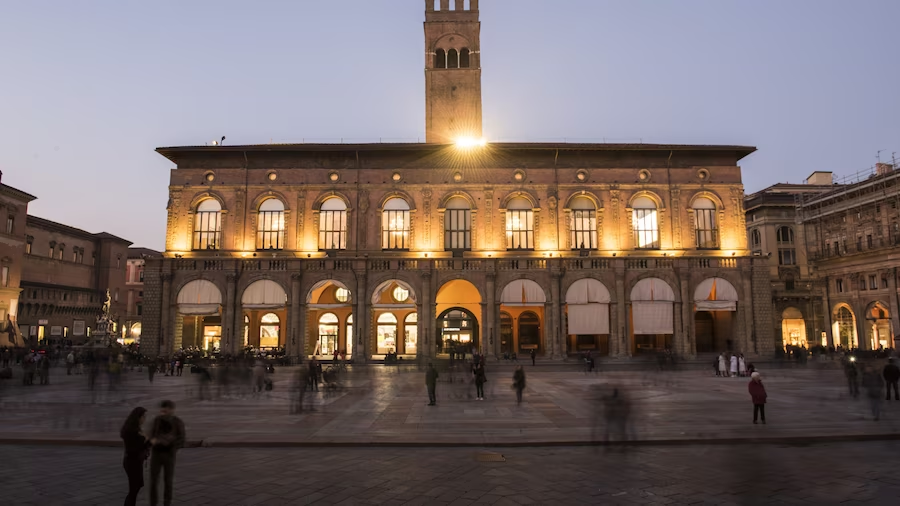
ポデスタ宮
ポデスタ宮を訪れるなら、ボローニャの歴史についてじっくり学びましょう。 さらにこの歩きやすいエリアでは、ミュージアムを存分に満喫し、ショップを訪れて充実した時間を過ごしてください。
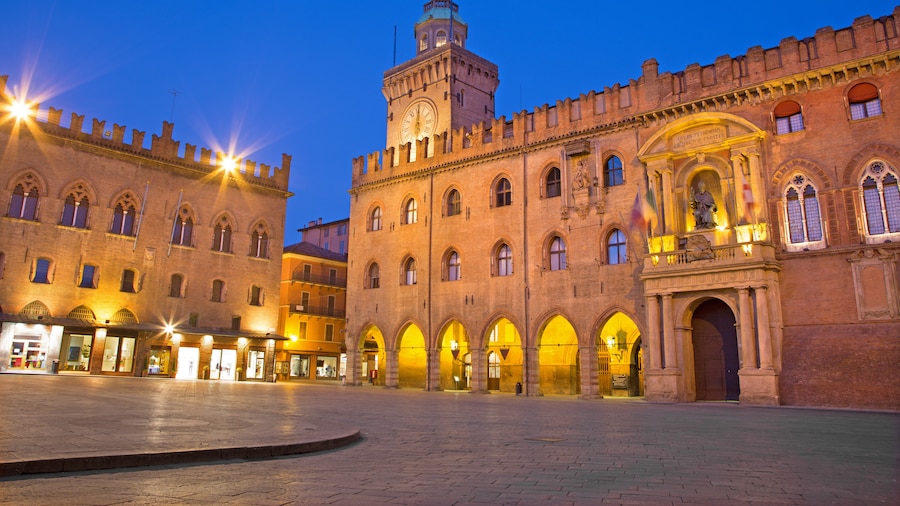
パラッツォ ド アックルシオ
パラッツォ ド アックルシオに足を運べば、ボローニャの歴史について知識を深められます。 さらにこの歩きやすいエリアでは、ミュージアムを存分に満喫し、ショップを訪れて充実した時間を過ごしてください。
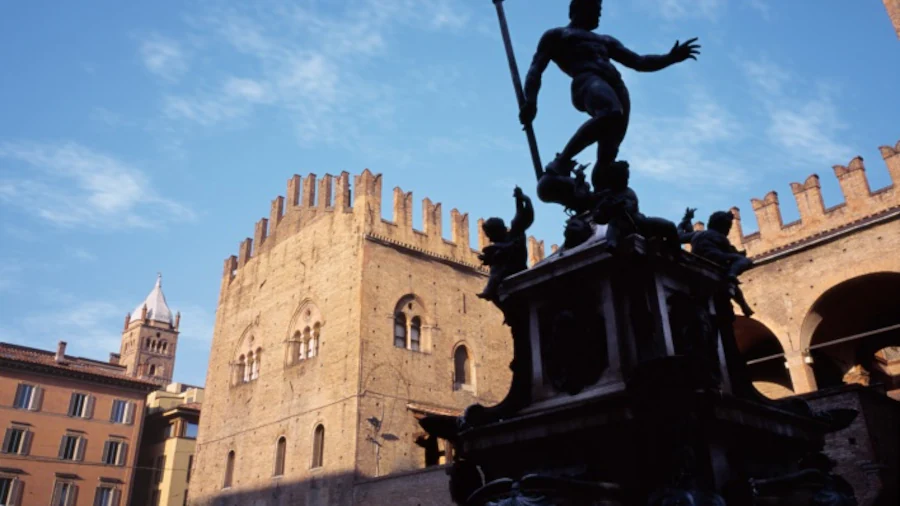
エンツォ王宮
2.5/5(口コミ 2 件)
エンツォ王宮に立ち寄れば、ボローニャの郷土史について学べます。 さらにこの歩きやすいエリアでは、ミュージアムを存分に満喫し、ショップを訪れて充実した時間を過ごしてください。
マッジョーレ広場周辺のおすすめホテル

ザ・ソーシャルハブボローニャ
Via Aristotile Fioravanti 27, Bologna, BO

スターホテル エクセルシオール
Viale Pietro Pietramellara 51, Bologna, BO
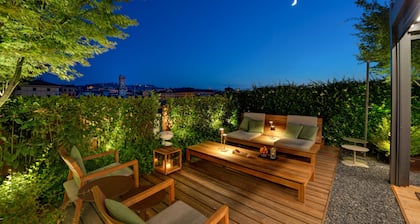
ホテル メトロポリタン
Via dell'Orso 6, Bologna, BO
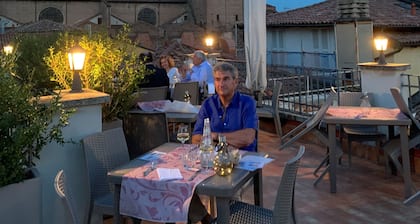
ホテル ローマ
Via D'Azeglio, 9, Bologna, BO

ホテル パレス
Via Monte Grappa, 9/2, Bologna, BO

グランド ホテル マジェスティック ジャ バリョーニ
Via dell'Indipendenza, 8, Bologna, BO
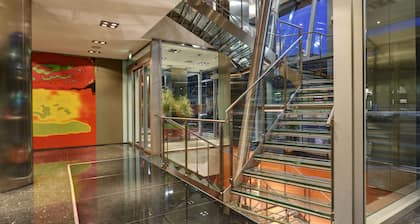
UNA HOTELS ボローニャ チェントロ
Via Pietramellara 41/43, Bologna, BO

イ ポルティッチ ホテル
Via Indipendenza, 69, Bologna, BO
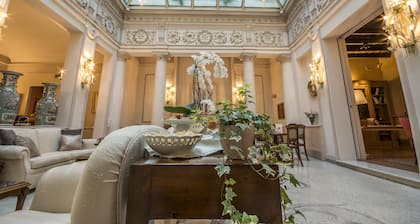
ホテル コロナ ドーロ
Via Oberdan 12, Bologna, BO
表示料金は、過去 24 時間における 1 泊大人 2 名利用時の最低価格です。料金および空室状況は変動する場合があります。別途、利用規約が適用される場合があります。
エクスペディアで世界の旅へ
エクスペディアで世界の旅へ
* 個別に予約した同じコンポーネントの価格と比較した、パッケージ予約に基づく割引額。すべてのパッケージで割引を利用できるわけではありません。航空券+ホテル予約で航空券が最大全額OFF - 割引額は、すべての割引とリワードが適用される前の、航空券 + ホテルのセット料金と、航空券とホテルを個別に予約した場合の料金との比較に基づきます。セット予約の割引額は、最大で航空券全額に相当します。割引額は、出発地 / 目的地、宿泊数、宿泊期間、旅行サービス業者によって変動します。すべての航空券 + ホテルのセット予約に割引が適用されるわけではありません。

